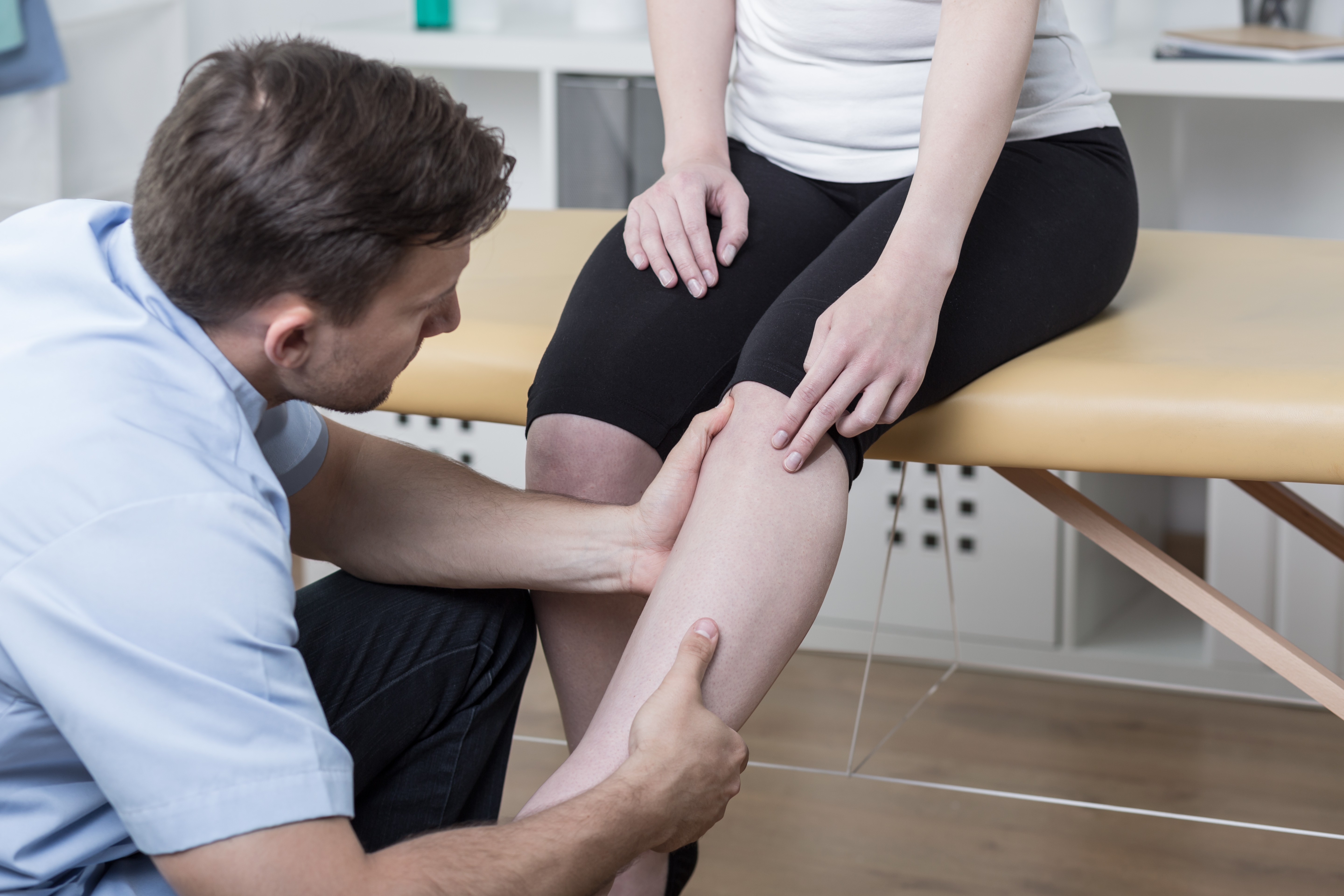- December 11, 2017 -
Fitness-related Knee Injuries
Have you ever experienced a knee injury that made daily life inconvenient and painful while keeping you out of the gym for weeks on end? Unfortunately, knee injuries are all too common, especially among athletes and gym-goers. And the surge in popularity of high-intensity workout programs like Crossfit have increased the number of people suffering from fitness-related knee injuries. Participants tend to focus on beating the competition or their own personal record for a workout and they often end up sacrificing form or neglecting proper post-workout care.
Common Knee Injuries
The three most common fitness-related knee injuries are runner’s knee, Iliotibial (IT) band syndrome, and jumper’s knee. As you can guess by the name, runner’s knee is usually caused when runners exhibit poor form, overtrain, or directly impact the knee. It is not exclusive to runners, however, and weightlifters can get it as well. Runner’s knee is usually felt on the front of the knee or the sides of the kneecap. IT band syndrome occurs when the IT band, which runs along the outside of the leg, becomes irritated due to a sudden increase in strenuous activity. IT band syndrome is characterized by sharp pain on the outside of the knee where the IT band is located. Jumper’s knee is caused by repetitive jumping, largely through activities like basketball and volleyball. In this case, pain is felt on the bottom of the kneecap. But these three are not the only knee injuries active people can suffer from. Sprains, meniscus tears, and the newer phenomenon, Crossfitter’s knee, are just a few examples of other prevalent knee injuries.

Causes of Knee Injuries
Several factors contribute to the injuries described. For instance, people who are flat-footed are more likely to suffer from knee pain, although proper footwear can help minimize the impact foot problems can have on knee health. Overtraining also drastically increases the chances of a person sustaining a knee injury. Particularly in the Crossfit community, people may train with too much weight or perform too many reps while failing to provide their body with sufficient rest. Running, jumping, squatting, and lunging all put stress on the knees by repetitively bending the knee, and handling heavyweight in Olympic-style lifting does not help the situation. Weak quadriceps, hamstrings, and glute muscles can also lead to injuries. These muscles are meant to control the position of the knees but when they are not strong enough to do so, the knee may be pulled in a direction it is not meant to go in during an exercise.
Caring for Knee Injuries
If minor knee pain is experienced during exercise, rest, ice, compression, and elevation (R.I.C.E) is recommended as a method of self-treatment. But major knee injuries, especially meniscus tears, can lead to surgery if left untreated. Spine & Joint Pain Specialists offer treatments to help minimize the effects of knee injuries and knee pain. EpiFix, a regenerative medicine product, is one such treatment we offer that enhances healing, controls inflammation, and reduces scar tissue formation. Cortico steroid injections and viscosupplementation injections are some other procedures we use to help treat knee pain. They take around five minutes and are in-office procedures. Call Spine & Joint Pain Specialists today to schedule a consultation.

